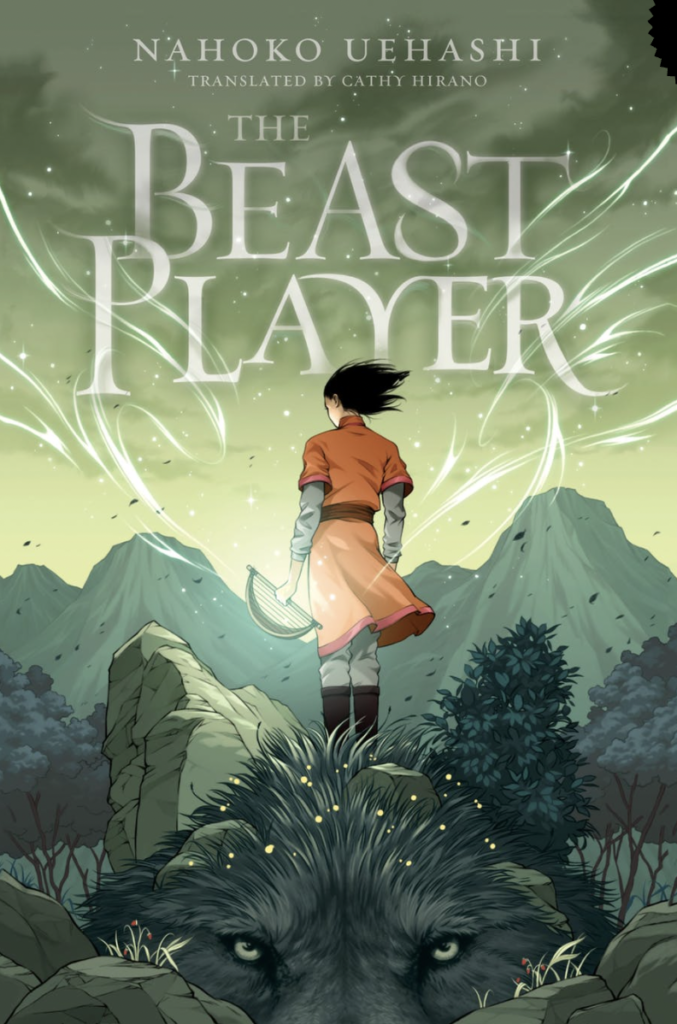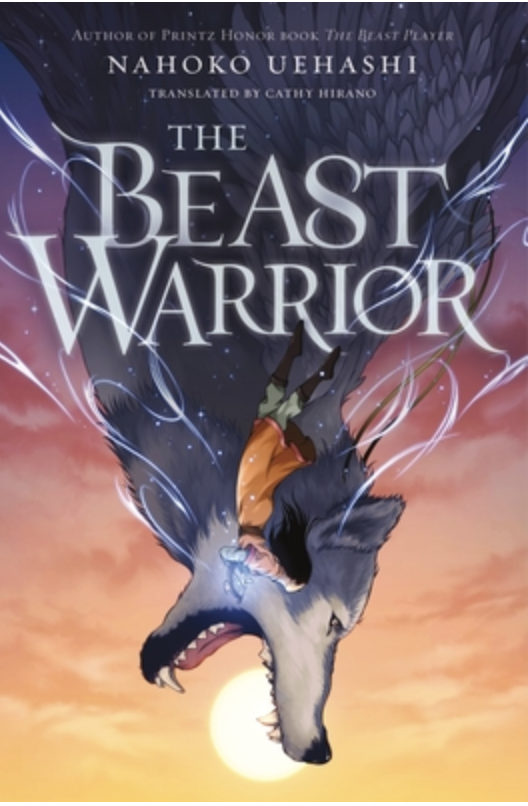craft review by Jen Jobart
The Heroine’s Journey celebrates the gifts of the matriarch. It explores themes of family, community, collaboration, cooperation, and love. As an author, and as a person, it’s important to me to write books that support those values, so everyone who reads them can be inspired to evolve toward a more feminine, collaborative, resilient society.
Unlike the Hero’s Journey, there are many different interpretations of what constitutes a Heroine’s Journey. Originally, I’d intended to write a post with strong guidelines about how to write a Heroine’s Journey. However, I’ve found that such a thing doesn’t necessarily exist. Therefore, what I’m giving you in this post is my personal interpretation of the Heroine’s Journey. I took a little of this and a little of that from each of the experts I’ve learned from. But isn’t that, in essence, what the Heroine’s Journey really is? A collaboration that makes the best use of everyone’s strengths?
To illustrate the points I make in this post, I’ll be examining the Heroine’s Journey of Elin in The Beast Player, a Japanese YA fantasy by Nahoko Uehashi. Elin’s story is an excellent example of the Heroine’s Journey.
When Elin’s mother dies, Elin finds her way to Joeun, a nurturing beekeeper who raises her. Before he dies, Joeun finds a place for Elin at Kazalumu, a school for Royal Beast keepers. There, as a teenager, Elin discovers that she can communicate with both the Toda and the Royal Beasts.
Elin’s talent eventually puts her in the middle of the war between enemy nations. She must decide how best to use her knowledge for the good of the world, the beasts, and herself.
Starting via the Hero’s Journey
Joseph Campbell’s Monomyth is the basis for many three- and four-act story structures. A lot of story structures that derive from it, such as Christopher Vogler’s Hero’s Journey, Michael Hauge’s Six-Stage Plot Structure, and Blake Snyder’s Save the Cat Structure, are essentially the same.
This classic plot structure has always resonated with me because as a character progresses through the story, his/her emotional state also progresses through similar emotions as the five stages of grief, a model conceived by Elizabeth Kübler-Ross to better understand how humans cope with death. In some ways, all stories are about the death of who a person is at the beginning of the story, and the birth of who they become over the course of a story’s events. So to me, the three act structure makes sense as a framework for a story, because it illustrates how a person navigates change.
At the emotional level, the Hero’s and Heroine’s Journeys are essentially the same. Don’t worry; you don’t have to throw out everything you’ve written if you decide to rework your story into a Heroine’s Journey. (Realizing this was a big relief to me.) You may find, however, that your story becomes stronger if you tweak certain aspects of how you write it.
Hero’s Journey vs. Heroine’s Journey
The Hero’s Journey is about individual achievement and growth. It’s about proving oneself as a capable, self-sufficient individual by triumphing over an obstacle or challenge or adversary. It focuses on competition. The Hero changes the world, and in so doing, changes himself.
Conversely, the Heroine’s Journey is about collaboration and abundance. At its core, a Heroine’s Journey story is about completing or reuniting family, either biological or chosen. The culmination of the Heroine’s Journey is when a Heroine grows into her own feminine powers to the extent that she has an impact on the larger masculine world.
Therefore, the Hero’s and the Heroine’s journeys end up in the same place. They just take different paths to get there, and the protagonists play different roles in their own stories.
There isn’t consensus on this, but I believe that the Journey does not have to be tied to the gender of the protagonist. That is, people who identify as any gender can be on the Heroine’s Journey, and the same goes for the Hero’s Journey. It’s more about the value system a story explores than it is about the gender of the characters. If the point of our story is to provide inspiration to move toward a more egalitarian, collaborative world, then our main character, female, male or non-binary, needs to be emulating the values of the Heroine’s Journey. For the purposes of this post, I’ll refer to the heroine as “she”.
Heroine’s Journey Plot
The basics of the Hero’s Journey plot structure also apply to the Heroine’s Journey. Here are the differences:
In the Heroine’s Journey, the inciting incident is some sort of break in the family network. The Heroine generally sets out to restore, rescue or reunite her family. In general, she must abdicate her personal power to go on this journey.
We see this in The Beast Player, when Elin’s mother dies and she finds herself alone in the world, looking for a new family. To find a new family, she has to give up her place in her current community and everyone and everything she holds dear.
A Heroine’s focus is always on her loved ones. This isn’t necessarily a biological family; often it’s a found family or a network of friends. Being left alone or abandoned is the worst thing that could happen to her. Being reunited with loved ones is the end goal.
A Heroine may go through consecutive journeys. First, she’ll find and claim her feminine powers. Then, she’ll re-integrate into a patriarchal society, making space for her new-found matriarchal values.
For instance, in The Beast Player, Elin is focused on building a relationship with the Royal Beasts in her own way. She does not wish to use the tokujisui and Silent Whistle that are currently mandated for their care.
The second part of Elin’s journey culminates in The Beast Warrior. In that book, Elin brings her unique relationship with the Royal Beasts into the larger world, and tries to change the dynamic between the Royal Beasts and Toda and humans, and the humans’ war with one another.
While Heroes must prove themselves in isolation from others, gathering allies to contribute to the final victory is a strength for the Heroine, not a weakness. The Heroine’s Journey often ends in some sort of compromise that the Heroine negotiates for the benefit of all.
Heroine’s Journey Characters and Archetypes
A Heroine is often surrounded by friends and found family who have strengths that complement her own. Part of her journey will be learning to value everyone’s strengths and help everyone work together for the good of the whole.
The Heroine learns from and depends on her community. Supporting characters in a heroine’s journey include:
- friends with complementary strengths
- a mentor who shows her the path to maturity, for better and sometimes for worse, and
- an antagonist who often represents the patriarchal society that the Heroine must eventually understand and triumph over with matriarchal values.
These characters work together to help the heroine achieve her true and entire potential. They help her explore both of her aspects: her innocent, naive side, as well as her powerful, mature side. In the end, her true self must encompass both aspects.
Feminine mentors and antagonists teach the Heroine to set aside her innocence and childlike countenance and claim her goddess power. In some fairy tales, the evil stepmother has this role. In other roles, it is an evil witch or goddess.
Masculine allies and antagonists represent the rigid patriarchy in which the Heroine must make a place for herself. She must find the strength from within to counter and balance masculine energies with her own. In the end, a masculine antagonist often turns out to be an impotent fraud.
In The Beast Player, Elin’s mentors are Joeun, Elin’s adoptive father, and Esalu, the head teacher at Kazalumu.
Joeun, Elin’s adoptive father, gives Elin space to learn about her wider world, and finds a place for her at Kazalumu, a school that complements her strengths. Esalu, the headmistress of the Kazalumu, lets Elin explore her own ways of interacting with the Royal Beasts and guides her through the political side effects of this choice. Esalu also forces Elin to face the hard decisions that come with making her own way.
Heroine’s Journey Talismans
In any story, the mentor often gives the Hero some object which symbolically represents the gifts and skills the protagonist will need in order to succeed in her or his journey.
In Hero’s Journeys, the typical talisman is a sword or a magic wand. It represents the Hero’s personal power in a one-on-one battle.
In Heroine’s Journeys, the typical talisman is something related to fertility or perception. For example, it may be something to do with water, an egg, flower, or fruit, or a pair of glasses or a book.
In The Beast Player, Elin’s mother gives her the gift of music, through which she communicates with the Royal Beasts. Incidentally, the word “Player” in the title of the book translates to a player of a musical instrument, rather than a player of a game. This is a central tenet of the story.
Now it’s your turn
- Does your story have elements of the Heroine’s Journey (a quest to reunite a family, an inner journey toward growth and fertility, an emphasis on collaboration)? Does it have elements of the Hero’s Journey (a quest to conquer a villain, an inner journey toward personal power, an emphasis on competition)? Would your story be more powerful if you focused on one of these journeys more than the other?
- Have you made the most of your mentor and antagonist characters? Does your Heroine have something to learn from them both? Does your antagonist represent the person your Heroine would be if she’d made different choices?
- What talismans are you using to represent your Heroine’s power? Does the talisman fit the message you wish to send and the values you wish to celebrate in your story?
Additional Resources
In case this post inspires you to do more reading, here are some resources I explored for this post.
Books
Chosen One: The Heroine’s Journey of Katniss, Elsa, Tris, Bella, and Rey by Valerie Frankel (plus many other books by the same author)
The Heroine’s Journey: For Writers, Readers, and Fans of Pop Culture by Gail Carriger
If Women Rose Rooted: A Journey to Authenticity and Belonging by Sharon Blackie
The Heroine’s Journey: Woman’s Quest for Wholeness by Maureen Murdock
Web articles
Wikipedia Page: Heroine’s Journey
Using the Heroine’s Journey by Chris Winkle
Why Screenwriters Should Embrace the Heroine’s Journey by Ken Miyamoto
Storygrid: The Heroine’s Journey: Examples, Archetypes, and Infographic by Julia Blair
The Heroine’s Journey by Maureen Murdock
Videos
Hero’s Journey vs. Heroine’s Journey by Jay Sherer
The Heroine’s Journey by Valerie Frankel
For another take on the Heroine’s Journey, check out Jen’s post on Heroine Super Powers in CeCe Rios and the Desert of Souls.
Jen Jobart writes middle grade fiction and is always sending characters she loves on dangerous adventures. She is an active member of the SCBWI and has studied writing for children through Stanford’s Continuing Studies program. When Jen’s not writing, she’s outside gardening and raising chickens at her home in the San Francisco Bay Area. Find her at www.jenjobart.com.




COMMENTs:
0